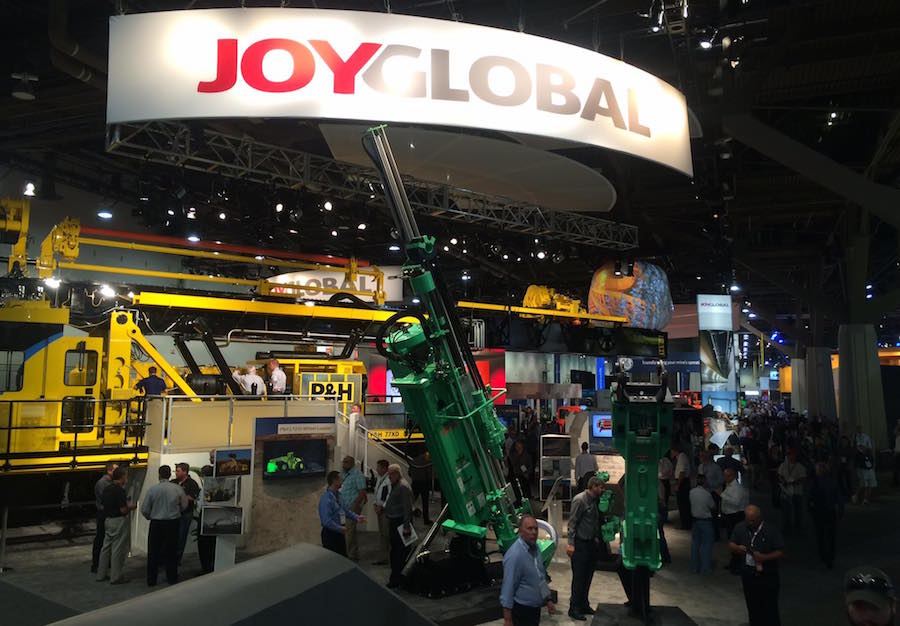Advanced monitoring and analytics helped head off conveyor failure at a customer’s underground mine, says Jason Knuth, Senior Prognostics Engineer and Data Scientist at Joy Global.
Knuth says supplier’s machines are equipped with thousands of sensors that are constantly monitoring the performance of the system. The data is then transformed by algorithms into visual information that predict changes in operating conditions.
The data saved a client from a costly transmission failure at an underground mine when monitoring found unusual vibration. The field staff was able to take preventative action.
Interview is edited for clarity.
MINING.COM: Can you tell me about Joy Smart?
Jason Knuth: Joy Smart is a new paradigm in service engagement between our customers and us. At its core is the commitment to deliver value to the customers and it’s three parts: it is our direct services, it is our smart-connected products, and it is our analytics.
The three components are key because information by itself isn’t useful if it can’t be acted upon. So, we just have these analytics and we have these reports and data coming out of the machine. You can create reports but if you can’t get it the right hands, or they can’t do anything about it, it’s pretty useless. So having initial engagement with our customers; direct services and a closed loop—a feedback loop—with our customers; and having a very close engagement with them allows for any information to get to the right person’s hands so actions on it can be made as fast as possible.
MINING.COM: Can you give me some examples of Joy Smart working?
Jason Knuth: One example of Joy Smart is in our longwall application in Illinois. We utilized Joy Smart solutions to increase the availability of a system that often gets overlooked: the conveyor system. Well, initially during the commission of the conveyor system, I used benchmark recordings—and what I mean by benchmark recordings is the startup sequences: the stopping, shut down, run time and understanding the key deliverables. I took all those recordings and I worked with on the site personnel to fine tune the starting, stopping and shutting down sequences. The customer had a better insight of knowing the configurations, customization, to meet the production goals.
Then, during that time period, I used those benchmark recordings to create anomaly algorithms, which would track the normal behaviour and find if there’s any issue with the conveyor. Within that first week of the longwall starting up, I noticed excessive vibration on one of those gearboxes, which was detected by those algorithms. I called the local field service rep, which is part of our direct service component. The sales rep went to the mine to look at the gearbox. He put his hand on the equipment to confirm what I saw on the computer, and through those recordings we were able to determine that corrective action could happen on the next scheduled maintenance period. It was a big positive for the mine because there wasn’t any unexpected downtime.
If this algorithm wouldn’t have been there, it could have cost a failure for transmission, at a cost of about $2 million.
MINING.COM: What is the advantage of having the data coming from your own machines?
Jason Knuth: Analytics is a data science type of program where you have machine-learning and all these different algorithms and models. It sounds all fancy, but at its true core it’s truly just math. Pretty much anyone can do it but what really sets us apart is the fact that we actually have the knowledge of the machine and equipment to confirm that the models that we have created actually represent the technical requirements of our machines. I have a direct line to all of the engineers—surface and underground—to confirm my data. Actually I was a design engineer for eight years—designing and developing these machines in the R&D department. Using engineering-based principles—along with physics-based models and statistics—we can actually go beyond what other competitors can do.

JoyGlobal’s booth at MINExpo 2016. Photo by Joy Global.